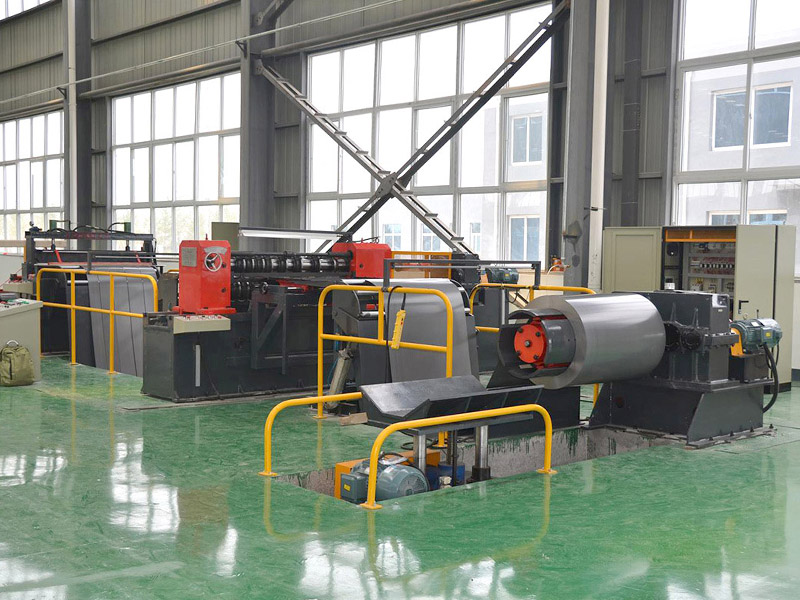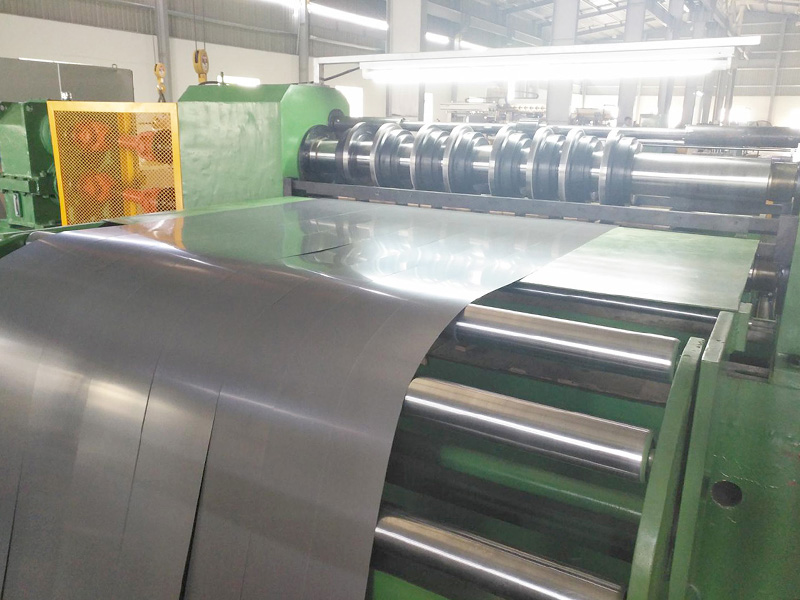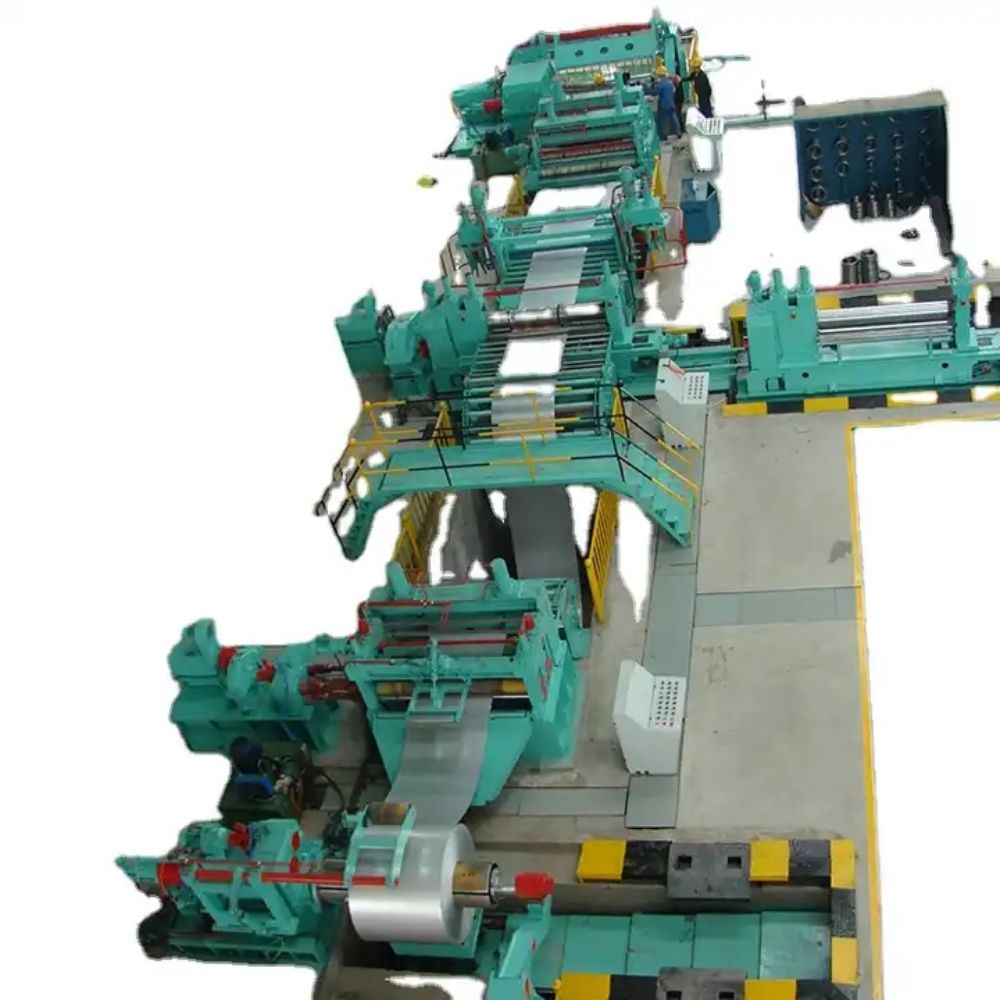The main function of insulating oil is insulation and heat dissipation, insulating oil first requires good insulation performance, that is, high breakdown voltage, small dielectric factor, which affects the breakdown voltage of the main factors are water, impurities, gas and so on. Transformer oil in operation and the newly installed oil in the long-term storage process is difficult to avoid water intrusion, the operation of the oil under the action of the arc is also easy to produce carbon black, while due to the aging of the oil is also easy to produce impurities such as sludge. The performance of insulating oil is reduced and the safe operation of transformer is affected. At this time, it is necessary to purify the insulating oil to remove the water and various impurities in the oil.
The vacuum oil filter device is a device for the purification of insulating oil, which can efficiently remove water, gas and impurity particles in the oil, improve the insulation strength and oil quality, ensure the safe operation of electrical equipment, and has the functions of hot oil circulation, vacuum oil injection and vacuum pumping for electrical equipment.
1. Working principle of vacuum oil filter device
Before oil filtration, the coarse impurities are filtered from the oil inlet through the initial filter under the action of pressure difference, and the impurities containing particles are heated into the vacuum separation tank through the heating tube. Under the action of the special degassing element of the vacuum cylinder, the insulating oil is fully thin film, and the oil is divided and recombined, so that the tiny water is condensed together into a larger volume of water in the condenser. When the vacuum degree is -0.09Mpa, the boiling point of water is only about 40 ° C, and the oil has been heated and stabilized at 60 ° C, the water in the oil boils out, the oil and water are separated, and the rest of the water vapor and the harmful gases in the oil are discharged by the vacuum pump. The water removed oil is removed by the discharge pump through the fine filter to filter out the particulate impurities, complete a working cycle, after a short cycle, the water, gas and impurities in the oil will be removed to meet the use standard.
1. Working principle of vacuum oil filter device
Before oil filtration, the coarse impurities are filtered from the oil inlet through the initial filter under the action of pressure difference, and the impurities containing particles are heated into the vacuum separation tank through the heating tube. Under the action of the special degassing element of the vacuum cylinder, the insulating oil is fully thin film, and the oil is divided and recombined, so that the tiny water is condensed together into a larger volume of water in the condenser. When the vacuum degree is -0.09Mpa, the boiling point of water is only about 40 ° C, and the oil has been heated and stabilized at 60 ° C, the water in the oil boils out, the oil and water are separated, and the rest of the water vapor and the harmful gases in the oil are discharged by the vacuum pump. The water removed oil is removed by the discharge pump through the fine filter to filter out the particulate impurities, complete a working cycle, after a short cycle, the water, gas and impurities in the oil will be removed to meet the use standard.
2. Vacuum oil filter operation process
(1) Check and prepare before starting
The equipment is placed smoothly, and the oil inlet pipe of the equipment is connected with the oil outlet of the oil tank to be filtered, and the oil outlet of the equipment is connected with the oil inlet of the oil storage barrel. If there is a large amount of precipitation in the tank or oil drum, do not directly insert the tubing to the bottom, if necessary, install pre-filtration.
The cooler is connected to the cooling power supply, in accordance with the principle of the bottom into the top out, small flow water circulation. If it is used for a short time, the water content in the oil is not high, or when it is used in winter, it can also be used without cooling water.
Open the electric control box, select the corresponding three-phase cable according to the total power, switch on the power and ground the vacuum oil filter reliably.
Start the power supply, the power indicator lights up; If the alarm alarm, it means that the phase sequence of the incoming line power line is reversed, (some do not have an alarm, you can observe the positive and negative rotation of the motor, if the motor is reversed, the phase sequence is also reversed) Only need to replace any two wires in the three-phase line.
Safety fences should be placed in the working area, and fire fighting water sources and fire fighting equipment should be provided.
(2) vacuum oil filter operation
The oil storage tank can be filtered by pouring the tank oil filter, and the oil to be filtered through the high vacuum oil filter is all filtered into the oil storage tank, and the oil storage tank is self-circulating, and the oil tank should be sealed. Moisture and magazines in the air are prohibited from entering the oil storage tank.
First, close the inlet and outlet oil valves and other blowdown valves connected with the outside world, sampling valves, water discharge valves and air mixing valves, etc., and then start the vacuum pump on the control panel to begin to vacuum the oil filter device. Vacuum degree rises to set value.
Observe the vacuum gauge on the device, when the vacuum degree is -0.06-0.08mpa, slowly open the oil inlet valve and start to feed oil.
Note: When opening the valve, it should be opened gradually and slowly to avoid damage to the initial filter element due to sudden increase in impact force.
Observe the observation window on the vacuum tube. When the oil enters the vacuum tank and the oil level reaches the middle position of the observation window, open the oil outlet valve first, then start the oil pump, and the oil outlet starts to discharge oil.
Note: If the oil valve is not opened, starting the oil pump first will cause excessive pressure at the oil outlet, resulting in device shutdown and even damage to the filter device.
Adjust the inlet and outlet valves properly, when the inlet and outlet oil reach the basic balance, open the heating switch, start the heater, adjust the temperature control value, generally 55-65℃ is appropriate. If it is a two-stage heating device, it can be decided whether to turn on another set of heaters according to the amount of oil treated and the ambient temperature. The temperature of the secondary heater is slightly higher than that of the primary heating temperature by 3-5℃. (Two stages of heating can also be opened at the early stage of the cycle to facilitate rapid heating, and a group can be closed after the overall oil temperature reaches more than 50 ° C to save energy).
After keeping the circulation filtration for a period of time, open the sampling valve and take the oil sample. (Before sampling, drain a small amount of oil to flush the sampling port and sampling tubing, and the sampling bottle also needs to be cleaned with oil). Until the insulation oil test qualified.
(3) Shutdown operation
Before stopping, turn off the heater 3-5 minutes in advance and keep the oil circulating for a period of time, so that the temperature drops below 50 ° C, otherwise it is easy to damage the heater.
Close the outlet valve of the oil tank first, and then close the inlet valve of the vacuum oil filter. After discharging the remaining oil in the equipment as much as possible, close the oil pump first, and then close the oil valve.
Close the vacuum pump after draining the oil from the tubing. Open the intake valve and remove the vacuum.
Open the valve at the lower end of the condenser, discharge the residual oil or water inside, if you do not need to drain the cooling water for a long time (please be sure to drain the cooling water in winter to avoid freezing). Close the valve when drained.
Open the drain valve, drain the remaining oil in the tank, and then turn off the power.











































































